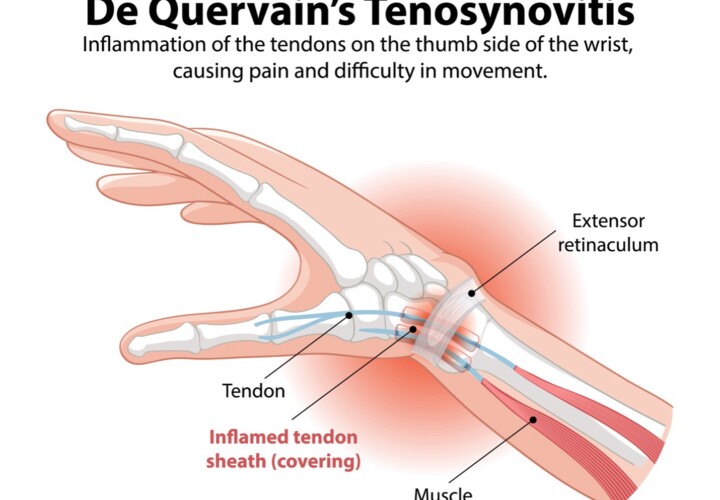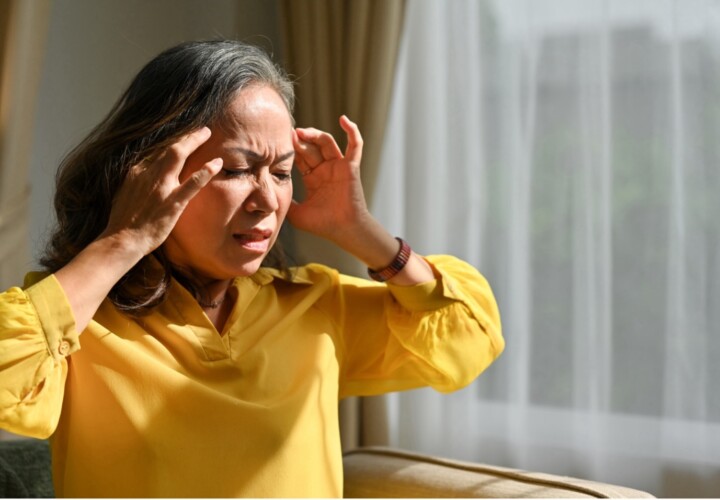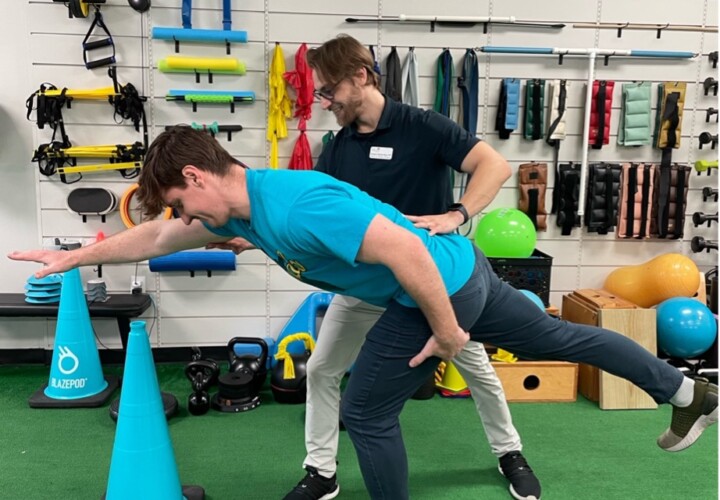Managing Lumbar Spinal Stenosis with Physical Therapy: A Path Toward Pain Relief and Improved Function
Lumbar spinal stenosis is one of the most common spinal conditions that affects people over the age of 60. It’s a degenerative condition that develops slowly over time, often due to age-related changes in the spine. As the spine narrows, pressure can be placed on neurovascular structures such as nerves and blood vessels, causing symptoms like pain, numbness, and weakness. These symptoms can radiate from the lower back into the legs and make everyday activities like walking or standing for long periods extremely uncomfortable.
Fortunately, physical therapy offers effective, non-invasive solutions for managing lumbar spinal stenosis. At Hohman Rehab and Sports Therapy, our team of licensed physical therapists is here to help you understand your condition, manage your symptoms, and regain your quality of life.
Understanding Lumbar Spinal Stenosis
Lumbar spinal stenosis (LSS) is characterized by the narrowing of the spinal canal in the lower back. This narrowing can compress the spinal cord and nerve roots, leading to a variety of symptoms. While many people with stenosis may have no noticeable symptoms, those who are symptomatic often report:
- Pain or numbness that radiates from the back into one or both legs (sciatica)
- Weakness in the legs
- Increased pain when walking or standing for extended periods
- Relief of symptoms when bending forward or sitting
The condition is typically caused by age-related degeneration, such as osteoarthritis, thickening of ligaments, disc degeneration, or the formation of bone spurs. While it is most common in individuals over 60, anyone experiencing persistent back pain should seek an evaluation to determine the cause.
How Physical Therapy Can Help
Physical therapy is a first-line, evidence-based approach for managing the symptoms of lumbar spinal stenosis. Rather than relying on medication or surgery as a first step, working with a physical therapist can provide a more conservative and often more effective solution to improving function and reducing pain.
Here are the key components of physical therapy for lumbar spinal stenosis:
- Flexion-Based Exercises Patients with LSS often find relief when they bend forward or sit down. This is because flexion positions help open the spinal canal and reduce pressure on the affected nerves. Physical therapists use this concept to develop exercise routines that include flexion-based movements such as:
- Forward bending
- Child’s pose
- Knee-to-chest stretches
These movements help relieve pressure and reduce radiating symptoms, making it easier for patients to move and function throughout the day.
- Strengthening the Core and Lower Body Muscle weakness can exacerbate the symptoms of lumbar spinal stenosis. Strengthening the core muscles (abdominals, back extensors) and lower body (hips, glutes, thighs) provides better support for the spine and improves overall stability. A well-rounded strength program might include:
- Pelvic tilts
- Bridges
- Seated marches
- Resistance band leg exercises
These exercises are tailored to the individual and progressed over time to ensure continued improvement without aggravating symptoms.
- Posture and Body Mechanics Training Poor posture and inefficient movement patterns can place additional stress on the spine. A physical therapist will assess your posture and teach you better body mechanics for daily tasks such as lifting, standing, and walking. This education helps minimize strain and prevent symptom flare-ups.
- Manual Therapy Hands-on techniques such as joint mobilizations and soft tissue massage may be used to reduce stiffness and improve spinal mobility. These techniques can enhance circulation, reduce muscle tension, and improve range of motion in the lower back.
- Aerobic Conditioning Low-impact aerobic exercise like stationary cycling or walking on a treadmill with an incline can help improve endurance and circulation without putting excess pressure on the spine. Your physical therapist can guide you through a safe aerobic program tailored to your fitness level and pain tolerance.
- Education and Self-Management Tools Perhaps one of the most important aspects of physical therapy is the education you receive. Your therapist will help you understand your condition and teach you how to manage symptoms at home. This might include:
- Activity modifications
- Home exercise routines
- Tips to avoid flare-ups
- Use of supportive devices like walkers or canes, if needed
Why Choose Hohman Rehab and Sports Therapy?
At Hohman Rehab, we believe in personalized care with a personal touch. Our team takes the time to listen to your story, understand your goals, and develop a customized plan that’s right for you. We don’t believe in one-size-fits-all therapy—your body and your condition are unique, and your treatment should reflect that.
We offer services in three convenient Central Florida locations:
Clermont Office 236 Mohawk Road, Clermont, FL 34715
Phone: 352-404-6908
Fax: 352-404-6909
Ocoee Office 11095 W. Colonial Drive, Ocoee, FL 34761
Phone: 407-347-8936
Fax: 352-404-6909
Apopka Office 125 S. Park Avenue, Apopka, FL 32703
Phone: 407-410-3200
Fax: 352-404-6909
You can easily schedule an evaluation with one of our licensed therapists by visiting our website: www.hohmanrehab.com
Success Stories: Getting Back to Life
Many of our patients come to us feeling frustrated and limited by their back pain. After working closely with our therapists, they begin to experience not only symptom relief but a renewed sense of control over their lives. Patients often report being able to walk longer distances, return to activities they love, and experience fewer pain flare-ups.
It’s not just about getting rid of the pain—it’s about helping you live your life to the fullest.
Conclusion: Take the First Step Toward Relief
Lumbar spinal stenosis doesn’t have to control your life. With the right physical therapy approach, you can reduce your symptoms, strengthen your body, and regain your independence. Early intervention and a consistent, individualized treatment plan are key to long-term success.
At Hohman Rehab and Sports Therapy, we’re committed to helping you feel better, move better, and live better.
Ready to begin your journey?
Call us today or visit www.hohmanrehab.com




